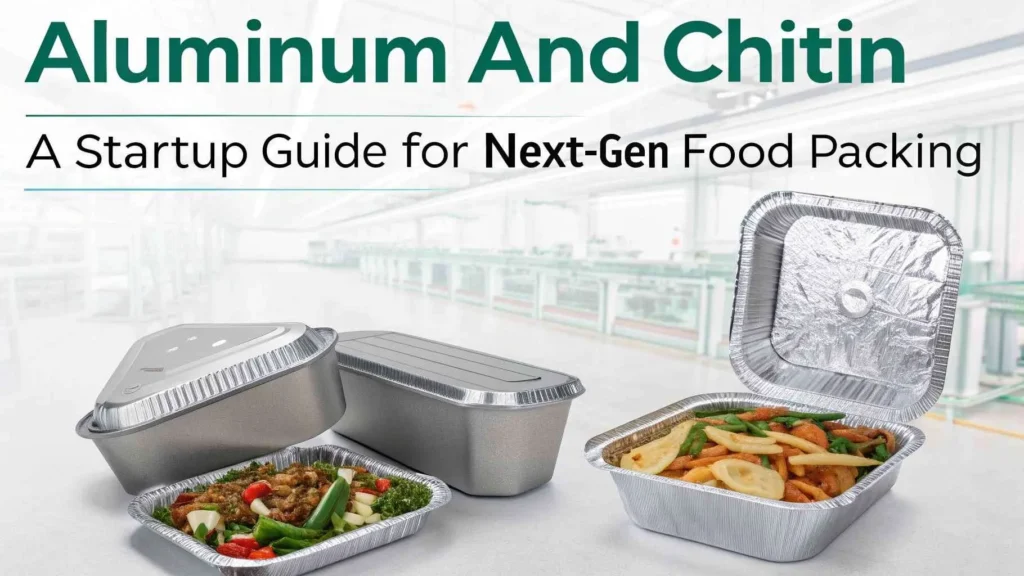The railway sleepers manufacturing industry is a crucial segment in railway infrastructure, playing an indispensable role in the safe, smooth, and long-lasting support of railway tracks. With growing investment in railways worldwide—especially in emerging economies—the demand for quality railway sleepers is rising steadily. Entrepreneurs and industrial investors can explore this business as a sustainable and highly profitable manufacturing opportunity with the right setup, resources, and strategy.
Understanding the Railway Sleepers Manufacturing Process
Railway sleepers, also known as railroad ties, are horizontal supports made of concrete, wood, steel, or composite materials, placed beneath railway tracks to hold them upright and correctly spaced. The process of manufacturing varies slightly depending on the material used but largely involves industrial precision, heavy machinery, and rigorous quality control.
Types of Railway Sleepers
To succeed in this industry, we must first understand the types of railway sleepers:
- Concrete Sleepers – Dominant in modern rail infrastructure due to their durability and low maintenance.
- Wooden Sleepers – Traditional and still used in certain geographies, especially in lower-speed rail tracks.
- Steel Sleepers – Durable and recyclable, but used selectively due to cost.
- Composite Sleepers – Made from recycled plastics or polymers and used as an eco-friendly option.
Among these, concrete railway sleepers are the most commercially viable for large-scale production.
Land, Factory Setup & Machinery
To start a railway sleepers manufacturing business, we must acquire a minimum of 2–5 acres of industrial land with proximity to transportation hubs. The factory infrastructure includes:
- Casting Beds and Molds
- Batching and Mixing Plants
- Steam Curing Chambers
- Demolding and Handling Equipment
- Crane Systems for Material Movement
- Quality Testing Lab
- Storage Yards for Raw Materials and Finished Sleepers
A typical plant with a production capacity of 200 sleepers/day requires an investment between ?10–?25 crore depending on automation level and scale. Mini setups can start at ?3–?5 crore.
Raw Materials and Procurement
Major raw materials required for railway sleepers manufacturing include:
- Portland Cement (OPC 53 Grade)
- Coarse Aggregates
- Fine Sand
- Admixtures for Strength and Durability
- High Tensile Steel Wires or Rods
- Water
All materials must adhere to the Indian Railway Standards (IRS) or equivalent, and sourcing from certified vendors ensures compliance and reliability.
Manufacturing Process Step-by-Step
- Designing & Molding: Using steel molds, the design and size of sleepers are customized as per railway norms.
- Reinforcement Placement: Steel rods or tensioned wires are placed accurately inside molds.
- Concrete Mixing: High-grade concrete is prepared using automated batching plants to ensure consistent strength.
- Pouring & Compaction: Concrete is poured into molds, and vibration systems ensure proper compaction.
- Steam Curing: Sleepers are cured under steam to achieve rapid strength gain.
- Demolding & Finishing: Sleepers are removed from molds and any excess material is trimmed.
- Quality Testing: Each sleeper undergoes ultrasonic testing, dimensional checks, and load-bearing tests.
- Storage & Dispatch: After certification, sleepers are stacked and transported to railway projects.
Licensing and Approvals
Before starting, we must obtain the following:
- Factory License
- Pollution Control NOC
- Approval from Indian Railways / RDSO
- GST Registration
- Company Incorporation (Private Limited / LLP / Partnership)
- Electricity & Water Connection
- Labour and Safety Compliance Certification
Approval from Research Designs and Standards Organisation (RDSO) is critical as they set the technical guidelines for Indian Railways.
Manpower and Technical Staff
A plant needs a skilled and semi-skilled workforce including:
- Civil Engineers
- Production Supervisors
- Quality Control Inspectors
- Machine Operators
- Maintenance Staff
- Logistics & Admin Team
Training is essential to maintain production efficiency and reduce rejects in railway sleepers manufacturing.
Marketing and Sales Strategy
The primary clients are government agencies and large infrastructure companies. Strategies include:
- Registering with Indian Railways & Contractors
- Participating in Public Tenders
- Building Partnerships with EPC Companies
- Demonstrating Capabilities via Pilot Batches
- Joining Infrastructure Trade Associations
Digital presence through a website showcasing technical capability, certifications, and testimonials can build brand authority.
Investment and Profitability Analysis
Initial investment (?5–25 crore) includes land, plant & machinery, working capital, approvals, and manpower. Operating costs involve:
- Raw Material Procurement
- Labour
- Power & Water
- Maintenance
- Transportation
Profit margins in railway sleepers manufacturing are 20–30% depending on economies of scale and production efficiency. A well-run facility can break even within 2–3 years.
Challenges in Railway Sleepers Manufacturing
While the business is lucrative, challenges include:
- Strict Regulatory Compliance
- High Capital Requirement
- Logistics of Heavy Products
- Seasonal Demand Based on Railway Projects
- Technological Upgradation
Mitigating these through smart partnerships, quality automation, and skilled workforce is key to long-term success.
Future Growth and Expansion Opportunities
With Indian Railways’ modernization and global rail investments, demand for sleepers is expected to grow. Scope includes:
- Exporting to Neighboring Countries
- Manufacturing High-Speed Rail Sleepers
- Offering Customized Sleepers for Metro Projects
- Diversifying into Precast Infrastructure Products
The shift toward sustainable railway sleepers manufacturing, including use of recycled composites and green cement, also opens up new revenue streams.
Conclusion
The railway sleepers manufacturing business is a powerful opportunity for industrial entrepreneurs. With strong infrastructure, adherence to quality standards, and efficient management, the business not only serves national infrastructure but also creates a steady source of income with high returns.
Visit the page Select and Choose the Right Business Startup for You for sorting out the questions arising in your mind before starting any business and know which start-up you can plan. We, at NPCS, endeavor to make business selection a simple and convenient step for any entrepreneur/startup. Our expert team, by capitalizing on its dexterity and decade’s long experience in the field, has created a list of profitable ventures for entrepreneurs who wish to diversify or venture. The list so mentioned is updated regularly to give you a regular dose of new emerging opportunities.




